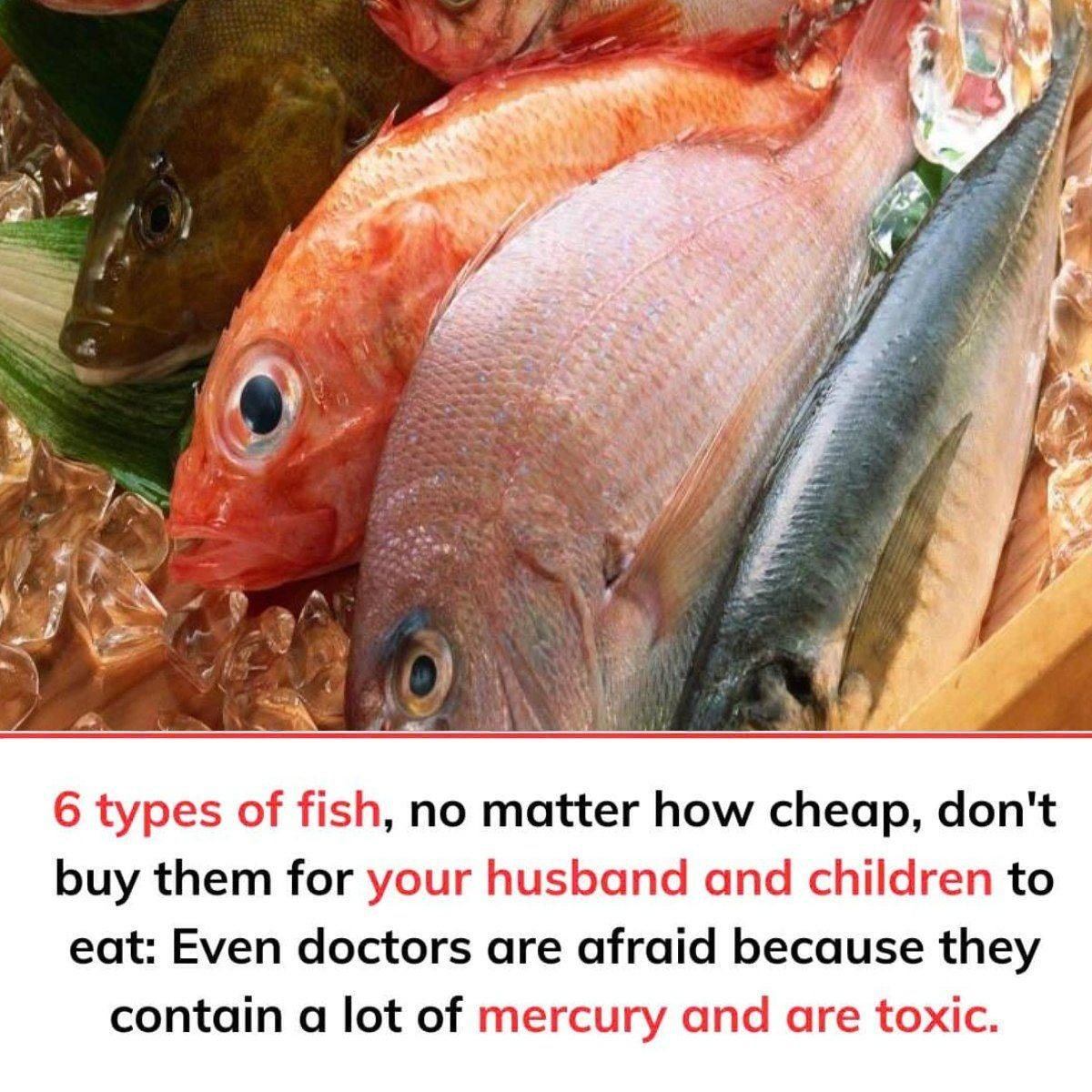ADVERTISEMENT
6 Fish to Avoid Buying: High in Mercury and Toxic
When it comes to maintaining a healthy diet, fish can be a great source of protein, omega-3 fatty acids, and other essential nutrients. However, not all fish are created equal. Some fish species accumulate harmful toxins, such as mercury, which can be detrimental to human health. Mercury, in particular, is a heavy metal that, when consumed in excess, can lead to serious health issues, including neurological damage, heart problems, and developmental delays in children.
If you’re a seafood lover, it’s important to make informed decisions about the types of fish you buy. To help protect your health and the health of your family, here are six fish that you should avoid due to their high levels of mercury and potential toxicity.
1. Shark
Sharks are apex predators in the ocean, and as a result, they tend to accumulate the highest levels of mercury in their tissues. Because sharks eat other fish, they are at the top of the food chain and often consume smaller fish that may have already been exposed to mercury. This process, known as biomagnification, means that the mercury concentration in sharks can be extremely high.
Why Avoid Shark?
- High Mercury Levels: Shark meat contains some of the highest mercury concentrations found in fish, making it risky for regular consumption, especially for pregnant women and young children.
- Health Risks: Consuming shark can lead to mercury poisoning, which affects the brain, kidneys, and nervous system. Long-term exposure is linked to cognitive decline, motor skills issues, and developmental problems in children.
2. Swordfish
Swordfish is another large, predatory fish known for its high mercury content. Like shark, swordfish is at the top of the food chain and accumulates mercury over time as it feeds on smaller fish. It’s often considered a delicacy due to its firm texture and mild flavor, but it’s not worth the risk to your health.
Why Avoid Swordfish?
- Dangerous Mercury Levels: Swordfish is one of the fish most commonly associated with mercury contamination, and regular consumption can lead to mercury buildup in the body.
- Potential Health Risks: High mercury intake from swordfish can lead to neurological issues, kidney damage, and other health problems, particularly in vulnerable populations like pregnant women, nursing mothers, and young children.
3. King Mackerel
King mackerel is a popular fish in many parts of the world, known for its rich flavor and versatility. However, it’s another fish with dangerously high levels of mercury. The larger the fish, the more mercury it tends to accumulate, and king mackerel is no exception.
Why Avoid King Mackerel?
- Mercury Accumulation: King mackerel are large, long-lived fish, meaning they have more time to accumulate mercury from the smaller fish they eat.
- Health Concerns: Just like swordfish and shark, consuming too much king mackerel can lead to mercury poisoning, which can cause long-term damage to the nervous system, heart, and kidneys.
4. Tilefish
Tilefish, particularly the species found in the Gulf of Mexico, is another fish with dangerously high mercury levels. This bottom-dwelling fish tends to accumulate toxins from the environment and can contain up to three times the acceptable mercury limits for fish consumption. Tilefish is often marketed as a premium fish, but it’s best to avoid it altogether.
Why Avoid Tilefish?
- High Mercury Content: Tilefish, especially those caught in the Gulf, can contain dangerously high levels of mercury, making it one of the worst offenders in terms of mercury contamination.
- Serious Health Risks: Eating tilefish can result in long-term mercury exposure, leading to cognitive and developmental impairments, as well as damage to vital organs such as the liver and kidneys.
5. Bigeye Tuna
Tuna is one of the most popular fish worldwide, but not all types of tuna are safe to consume frequently. Bigeye tuna, in particular, is a large fish with a high capacity to accumulate mercury over time. Although it’s commonly used in sushi and sashimi, its mercury levels make it an undesirable choice for regular consumption.
Why Avoid Bigeye Tuna?
- Mercury Build-Up: Bigeye tuna is one of the fish species that tends to accumulate more mercury due to its size and position in the food chain. Larger fish, like bigeye tuna, generally have higher mercury concentrations.
- Health Implications: Regular consumption of bigeye tuna can lead to mercury poisoning, with symptoms including memory problems, mood changes, and kidney damage. This is especially concerning for children and pregnant women.
- For Complete Cooking STEPS Please Head On Over To N
